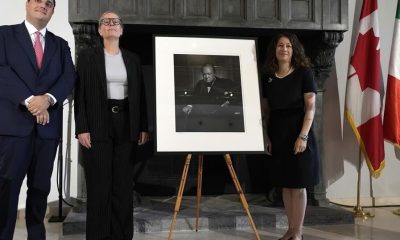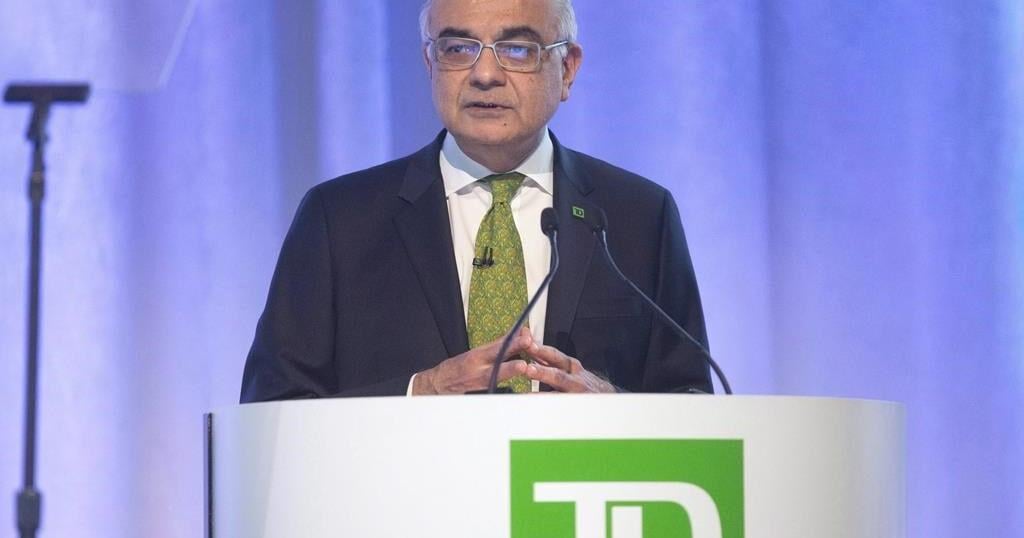In my previous article, The Only Logical End To The Oil War, I outlined how OPEC+ and the U.S. could come to a production cut agreement.

To attempt to balance global oil demand within the next three months is a fool’s errand, and the oil complex must assume that there will continue to be a massive oversupply of oil and oil products. With that in mind, the only focus for oil producers should be limiting supply and avoiding the disastrous scenario of global storage reaching its limit.
Without any oil cut, global storage would be nearing capacity by mid-year, which is about 2-3 months away. Demand, meanwhile, is not expected to turn around until July at the earliest. So, if OPEC+ wants to avoid a complete stoppage of oil flows due to full tanks, it has no choice but to cut. It is no longer a matter of prices, but a matter of oil evacuation. Saudi Arabia and Russia may hold leverage, but there is a physical limit to this leverage and that is coming up fast.
Thus, OPEC+ will likely announce (and hopefully cut) 10 million bpd regardless of U.S. contributions. However, this does not mean the U.S. will get awy scot-free. Involuntary cuts are happening in America as we speak, oil-rig closures are increasing and these cuts will easily reach 1 million bpd.
But that won’t be enough. While the focus in Q2-Q3 should be simply to avoid flooding global oil storage, Saudi Arabia and Russia will be looking to draw a long-term commitment from the U.S. following President Trump’s “SOS” for oil cuts. More than Trump’s acquiescence to the power bloc that is OPEC+, the fact that U.S. state regulators are joining the conversation is a big victory for Saudi Arabia and Russia. The representatives from the U.S. attempted to assure markets that anti-trust laws would not stand in the way of production agreements. The strictly capitalist nature of U.S. oil production and the strict anti-collusion laws have always been seen as an impenetrable barrier to the U.S. joining OPEC+ talks, but it now appears that the U.S. is ready to make an exception.
Premium: Ending The Oil War Isn’t Enough
Time is ticking. Demand will keep prices at painfully low levels for U.S. oil producers for the coming months, so this is the opportune time to hammer out a long-term deal. It will be in OPEC’s interest to keep the price of Brent close to $30 level during this negotiating period.
Putting aside this abnormal oil demand crash, OPEC+ will be aiming to develop a strategy for the future and getting ready for life after coronavirus. In a stable market, even a 1 million bpd oversupply of crude can cause price havoc as data for the last 15 years indicates. Table-1 is a very approximate representation of this “normal” world, providing general guidance on oil supply price elasticity. These numbers are by no means exact figures because factors other than supply-demand balance also affect oil prices. There is also a time-lag between price outcome and the oil balance.
Table-1
|
Crude Oversupply |
Price impact
|
|
0 |
0 |
|
1 |
-17 |
|
2 |
-30 |
|
3 |
-40 |
|
4 |
-48 |
|
5 |
-54 |
|
6 |
-58 |
Here is one roadmap for a sustainable global production agreement between OPEC+ and U.S. regulators. This agreement does not refer to only cuts in the short-term (as discussed above). It provides a framework for future coordination between the oil producers and is guided by game-theory dynamics (refer to Figure-1 on prices and payouts):
1. Agreement to be made between OPEC, Russia, and representatives of the U.S. state government who have the authority to impose oil quotas. This would likely include regulators from key oil-producing states like Texas, North Dakota, etc. The more the merrier.
2. The duration of the agreement will be three to five years. The agreement to impose cuts on U.S. (beyond economic/logistics-related cuts) would start from April 2020 or whenever global oil demand reaches 95% of 2019 levels (representing “normal” oil world), whichever is later.
3. Until the time that cuts are triggered, USA oil rates would be dictated by involuntary economic and logistics-based shutdowns. During this interim period, OPEC+ would start ramping up oil rates as necessary to match rising demand with two key aims: maintain global storage at non-distress levels and prices within the $30-$40.
4. Once the conditions in #2 are reached, U.S. production would need to be ramped down (through state quotas) to around 10 million bpd from 13 million bpd (2019 levels) with compliance against quarterly averaged rates.
5. As demand requires more or fewer barrels, OPEC+ would assume 80% share and the U.S. 20% of the change, in line with each party’s respective share of overall global supplies.
6. Year 2021+ real prices should be maintained in the $50-$60 levels, as evaluated on a quarterly average.
While the above may seem very simplistic and over-optimistic, global oil players are more willing than they have been in a long time to accepts some sort of supply structure that limits volatility. This would facilitate sustainable investment in oil exploration and production, as well as steady revenues for both governments and private enterprises.
By Amad Shaikh for Oilprice.com
More Top Reads From Oilprice.com:


































